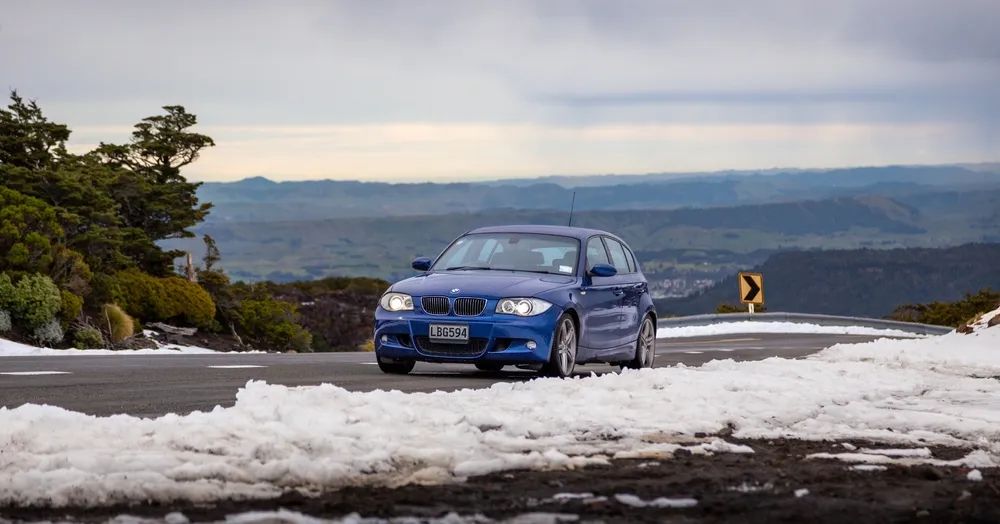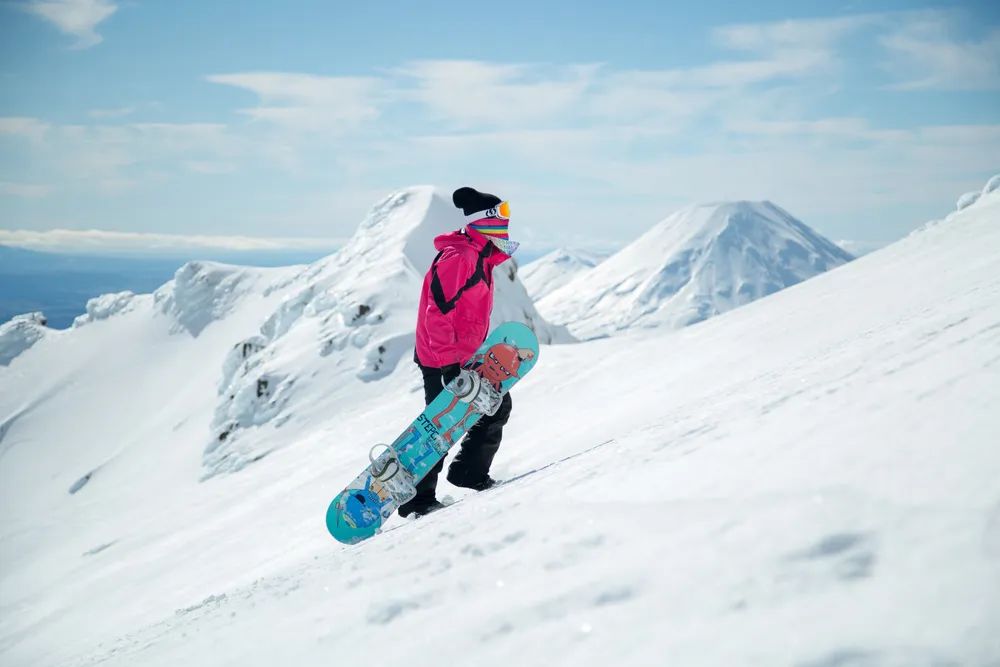Skiing in the Off‑Season: Why New Zealand Is a Top Summer Escape
When summer heats up the Northern Hemisphere, ski lovers face a long wait. However, skiing in the off‑season isn’t difficult—especially in the Southern Hemisphere. For those looking to escape the heat and improve their downhill skills, New Zealand offers an ideal option. Compared to other far‑flung destinations like Chile or Argentina, New Zealand is more accessible and budget‑friendly.

1. Gear & Lessons
Equipment:
Bringing your own ski gear is best—New Zealand's Queenstown boasts numerous shops offering both rental and new-season equipment (arriving about six months ahead of the Northern Hemisphere). Rentals range from basic to high-end.
Lessons:
New Zealand’s ski resorts cater to beginners. Many offer bundled ski packages that include lift tickets, gear rental, and lessons. The popular “First Timer” package includes one-day intro sessions, with multi-day options available. Lessons cater to all ages and have strong support for adults and children with no prior experience.

2. Season Timing
New Zealand’s ski season runs from June to October, peaking in August. While this is the busiest and priciest time, July or September can be more affordable. By October, conditions often degrade as spring arrives.
Snow coverage between the North and South Islands is similar. Though the North Island starts later (mid-June), it benefits from artificial snowmaking and often extends skiing into early November—ideal for ski trips during China’s National Day holiday.

3. Getting There
Most ski lodges are in small towns near mountains—accessed by car or public transport. Mountain roads can be challenging, so driving with snow chains is essential.
North Island:
Driving is easier thanks to paved roads. The typical itinerary begins in Auckland, proceeding through Rotorua’s geothermal and Maori cultural sites, before reaching Mount Ruapehu’s two resorts—Turoa and Whakapapa—both within 45 minutes of the town of Ohakune.
South Island:
Most visitors fly into Queenstown (often via Auckland or Sydney) and access four major resorts—Coronet Peak, The Remarkables, Cardrona, and Treble Cone—within 1–1.5 hours. Frequent shuttle buses make it easy to enjoy skiing without driving.

4. Types of Runs
Both islands offer varied terrain, but with distinct highlights:
North Island:
Volcanic slopes offer diverse runs—from groomed trails to natural U-shaped bowls. However, when snowfall is light, rocks can be exposed off-piste. Whakapapa features 67 groomed runs and Turoa boasts a dramatic 722 m vertical drop—among the largest in Oceania.
South Island:
- Coronet Peak: Great for all levels; night skiing available July–September. Be cautious—as low elevation leads to freezing–thawing cycles, earning it the nickname “Concrete Peak.”
- Remarkables: Offers beginner areas and magic carpet lifts. With consistent dry snow, it’s beginner-friendly and ideal for families.
- Treble Cone: Known for majestic views of Lake Wānaka and rugged off-piste terrain—great for advanced skiers. Despite fewer snowmaking facilities, it provides challenging black runs and extensive natural terrain.

Why Opt for Off‑Season Skiing in New Zealand?
- Avoid the Northern Hemisphere heat
- Continue developing your skills year-round
- Easier access and affordable compared to South America
With a blend of gear options, lessons, diverse terrain, and seasonal flexibility, New Zealand offers a compelling, off-season skiing experience. Whether a first-time skier or a seasoned alpine enthusiast, the Kiwi slopes have something for everyone.
Categories: travel
